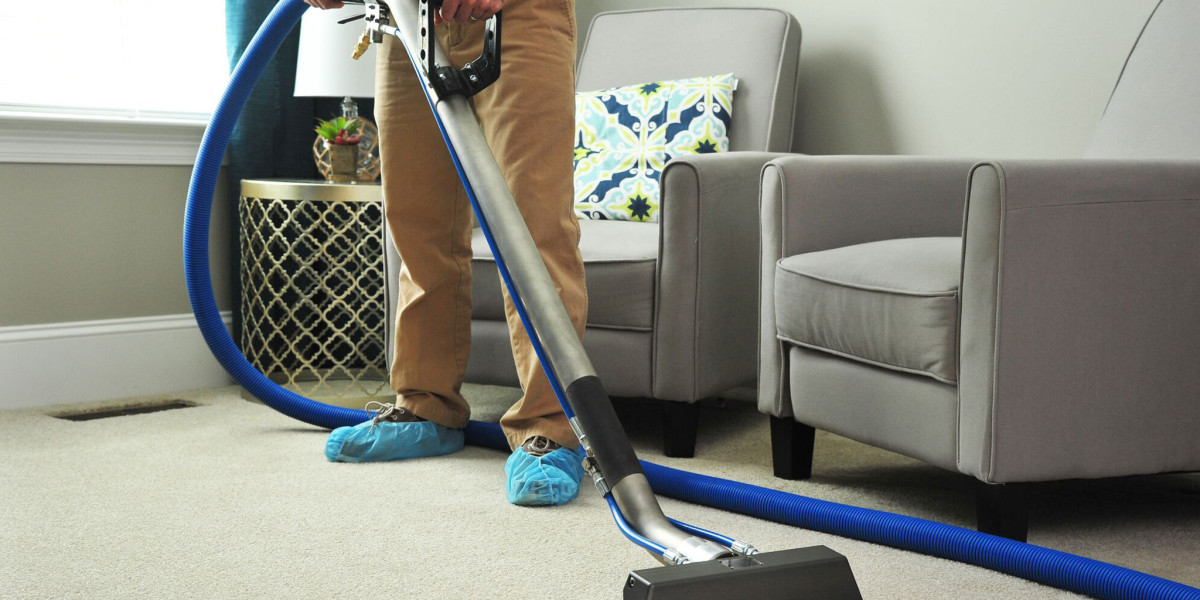Unlock the Secrets: How to Choose the Perfect Purchase Every Time!
In an era where technology is rapidly evolving, making informed purchasing decisions has never been more crucial. This is especially true when it comes to 3D printers, a technology that has captured the imagination of hobbyists, entrepreneurs, and professionals alike. The growing interest in 3D printing is evident, with a myriad of options flooding the market, each boasting unique features and capabilities. With so many choices available, it’s essential to compare different factors before making a purchase. This article will guide you through the key considerations, ensuring that you select the right 3D printer for your needs.

Understanding Your Needs
Before diving into the world of 3D printing, it's important to assess your personal or business needs. Ask yourself: What do you plan to create? Are you a hobbyist looking to make small models, or are you a business aiming to produce larger objects at a higher volume? Identifying your intended use is the first step in narrowing down your options. For instance, a friend of mine, a graphic designer, initially bought a compact printer for prototyping but soon realized he needed a larger machine to accommodate his growing projects. Additionally, consider the specific features required for your tasks, such as the types of materials you want to print with, or if you need a printer with a heated bed for better adhesion. Taking the time to understand your needs will ultimately guide you to the right choice.
Types of 3D Printers
When it comes to 3D printers, there are several types to consider, each with its own advantages and disadvantages. The most common types include Fused Deposition Modeling (FDM), Stereolithography (SLA), and Selective Laser Sintering (SLS). FDM printers are widely used for their affordability and versatility; they work by melting plastic filament layer by layer. However, they may not provide the level of detail that SLA printers offer, which use resin to produce highly detailed prints but can be more expensive and require more maintenance. SLS printers, on the other hand, are known for their strength and precision, making them ideal for industrial applications, but they come with a steep price tag. Understanding these differences will help you choose a printer that aligns with your specific requirements.
Key Features to Compare
When comparing 3D printers, several key features should be taken into account. Build volume is one of the most critical aspects; it determines the maximum size of the object you can print. Additionally, layer resolution impacts the smoothness and detail of your prints, with higher resolution settings providing finer details but potentially increasing print time. Printing speed is another factor to consider, particularly if you plan on producing multiple items. Material compatibility is equally important; ensure that the printer can handle the types of materials you intend to use, whether it's PLA, ABS, or specialty filaments. Each of these features plays a significant role in the overall performance and outcomes of your printing projects.
Budget Considerations
Setting a budget is vital before you start shopping for a 3D printer. Prices vary widely based on features, capabilities, and brand reputation. It's important to balance cost with the desired features and performance. A friend of mine once splurged on a high-end printer that promised advanced features but found that it was more than she needed for her simple projects. On the other hand, I've seen individuals who purchased budget models only to discover that they lacked necessary features. It’s crucial to outline what you need and then find a printer that offers those functionalities within your budget. Additionally, don’t forget to factor in the costs of materials, maintenance, and potential upgrades.
Research and Reviews
Conducting thorough research is a non-negotiable step in the purchasing process. Reading reviews from other users can provide invaluable insights into the reliability and performance of a 3D printer. Look for feedback regarding customer support, ease of use, and overall user experience. Websites, forums, and social media groups dedicated to 3D printing are great resources for gathering information. Many enthusiasts share their experiences, both positive and negative, allowing you to gauge which printers might meet or exceed your expectations. This step not only helps you make a more informed choice but also prepares you for any challenges you might face with your new printer.
Final Thoughts on Choosing a 3D Printer
Choosing the right 3D printer requires careful consideration of various factors, from understanding your needs to comparing different types and features. By taking the time to research and reflect on your budget, you can make a decision that aligns with your requirements and financial considerations. Remember, it’s not just about making a purchase; it’s about investing in a tool that will enhance your creative or business endeavors. So take your time, compare your options thoughtfully, and you'll be well on your way to selecting the perfect 3D printer for your needs.







